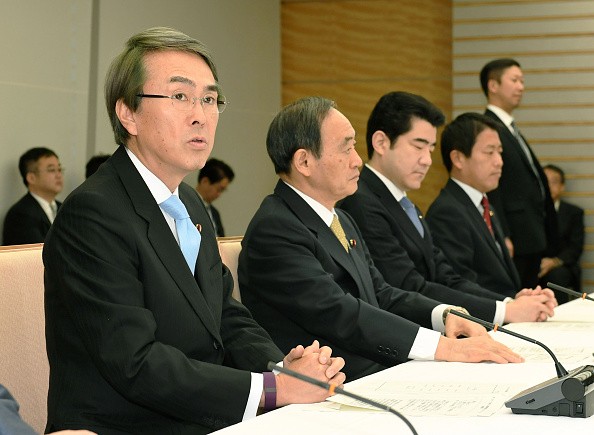Following the withdrawal of the U.S. from the Trans-Pacific Partnership (TPP), Japanese leaders have found a way to gain greater dominance than China through a reformulated Pacific Rim trade liberalization pact, Forbes reported.
According to the report, negotiators from the 11 remaining countries are set to meet and talk in Canada next month to revive the pact and discuss how it would be implemented.
In addition, trade ministers are expected to discuss the TPP on the sidelines of the Asia-Pacific Economic Cooperation (APEC) which will be held in May in Vietnam, a TPP member.
Japan was not keen about the TPP before, but with Trump's protectionism, "calls have been growing from the government for Japan's leadership to maintain momentum on free trade issues."
"The value chain of the global economy is no longer unilateral, so multilateral agreements are a logical approach to international trade," according to Naoki Kamiyama, chief strategist at Nikko Asset Management in Tokyo.
"I believe Japan wants to restart TPP talks involving the U.S., and at the moment the aim is to be set to do so after Trump, or to eventually change the Trump administration's mind."
The new Pacific Rim pact is also expected to benefit Japan's automotive and electronics exporters and intensify competition in China-Japan trade.
Some member countries also believed that as a leader, Japan will retain and uphold the protection of labor rights, environmental standards and state-owned firm reforms, which China is likely to implement.
Japan and China have been rivals to gain dominance as an Asian power, both militarily and economically. The dispute between the two countries dates back to World War II that extended to parts of the East China Sea.
Through its Asian Infrastructure Investment Bank (AIIB) and its "Silk Road" initiative, China has linked up Asia and Europe.
Meanwhile, Japan's investments in Southeast Asia grew almost three times from 2011 to 2016, reaching about $181 billion.
Instead of the TPP, China is pushing for the Regional Comprehensive Economic Partnership (RCEP), an Asia free trade deal that covers the 10 Association of Southeast Asian Nations (ASEAN) countries and other countries such as Australia, India, New Zealand, South Korea and Japan. RCEP is more focused on reducing tariffs for goods rather than other liberalization aspects.
Zhao Xijun, deputy School of Finance dean at the Renmin University of China, said that the Japan-led liberalization deal will find it difficult to contend with those secured by China, the EU and the U.S., whose economies are too large to be left out.
"This is the most basic commercial element for consideration," Zhao said. "If you negotiate with countries that don't do much commerce, then they don't add much value to your foreign trade."



























